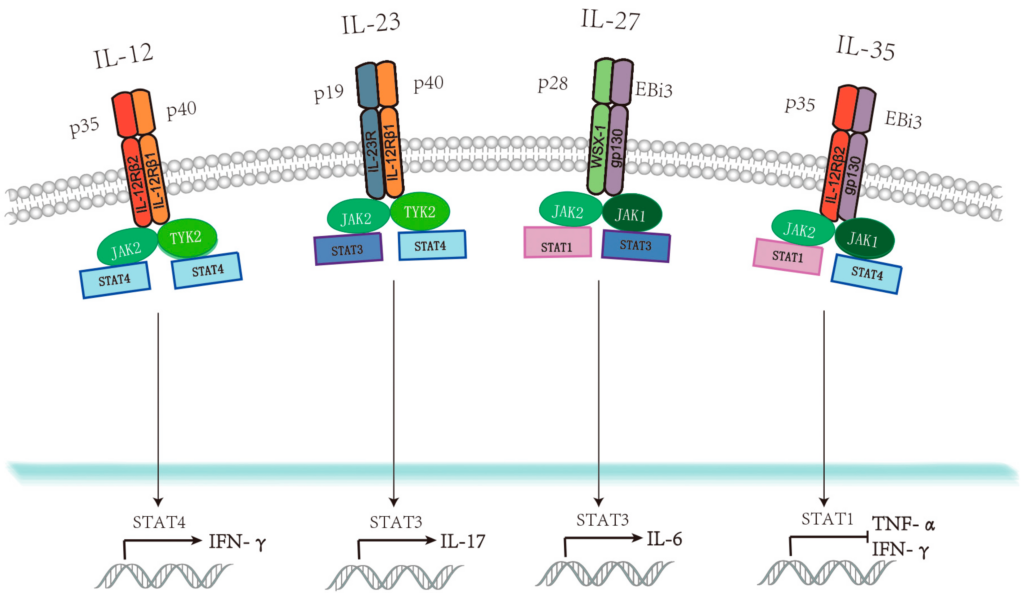Blog Post
Deciphering the Immunological Tapestry: Tracing the Story of Interleukin-35 (IL-35)
Embark on an illuminating odyssey through the pages of immunological history as we unravel the captivating narrative of Interleukin-35 (IL-35). From its discovery as a unique member of the IL-12 cytokine family to the evolving comprehension of its regulatory prowess, this exploration unveils IL-35’s enigmatic role in shaping immune responses.
1. A Cytokine Family Expansion: IL-35’s Emergence in the IL-12 Cytokine Clan
Our journey commences with the identification of IL-35, a remarkable addition to the IL-12 cytokine family. As scientists explored the intricate landscape of immune signaling, IL-35 stood out as a unique heterodimeric cytokine composed of the Epstein-Barr virus-induced gene 3 (EBI3) subunit and the p35 subunit, shared with IL-12. This distinctive composition hinted at IL-35’s potential to influence immune responses in ways distinct from its cytokine relatives.
As researchers delved deeper into IL-35’s molecular architecture, its role as an immunomodulatory mediator began to unfold. The shared subunit with IL-12 added a layer of complexity to IL-35’s functional identity, positioning it as a key player in the delicate balance between immune activation and regulation.
2. Regulatory Symphony: IL-35’s Impact on Immune Homeostasis
The narrative takes a fascinating turn as we explore IL-35’s orchestration of immune responses. Structurally, IL-35’s heterodimeric nature, with EBI3 and p35, provides the framework for its regulatory symphony. This unique composition endows IL-35 with the ability to exert suppressive effects on various immune cell types, contributing to immune tolerance and homeostasis.
As scientists delve into IL-35’s impact on immune cells, its role in dampening inflammation and promoting regulatory T cell responses comes to the forefront. This regulatory prowess positions IL-35 as a potential therapeutic target in autoimmune conditions and inflammatory disorders, opening avenues for further research into harnessing its immunomodulatory potential.
As we navigate the complexities of IL-35, join us in unraveling the intricacies of its regulatory ballet within the immune system. Stay tuned for subsequent chapters, where we dissect IL-35’s implications for immune health and its potential as a therapeutic tool.


